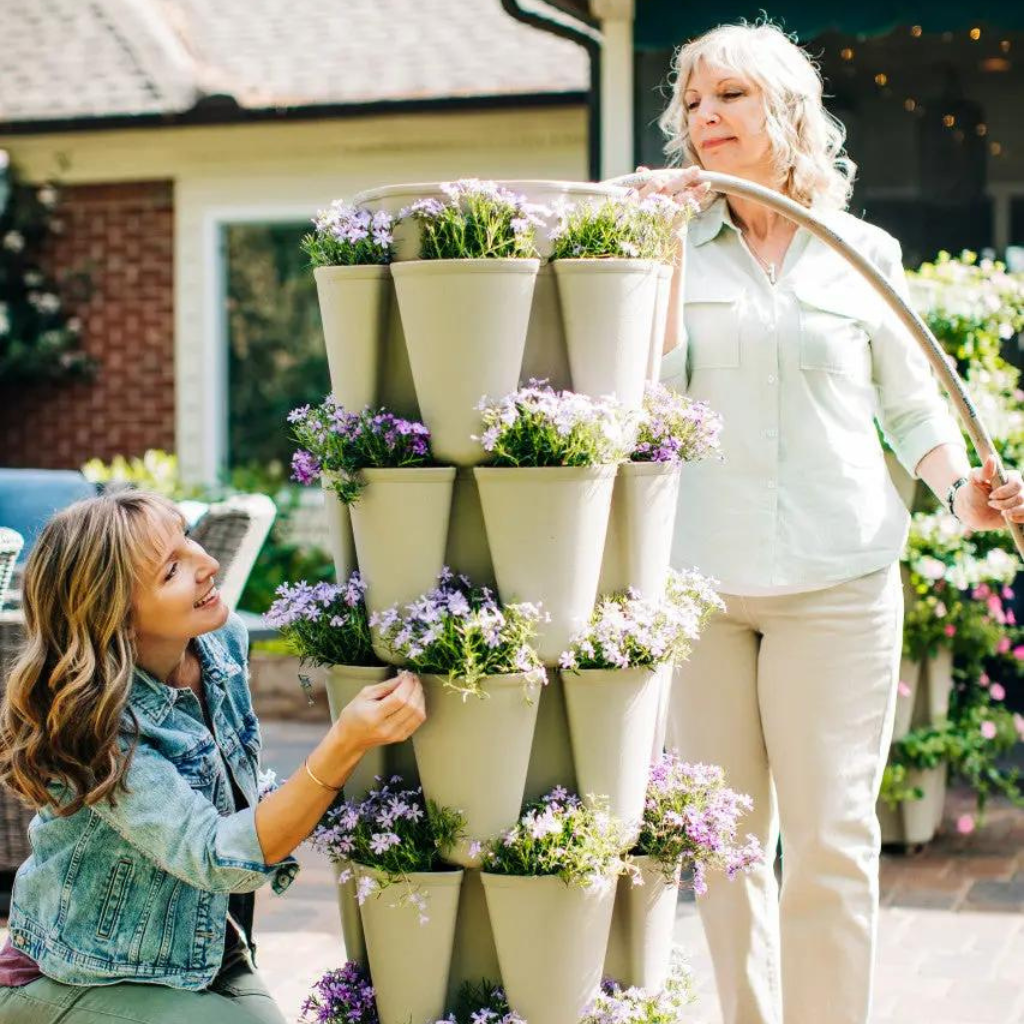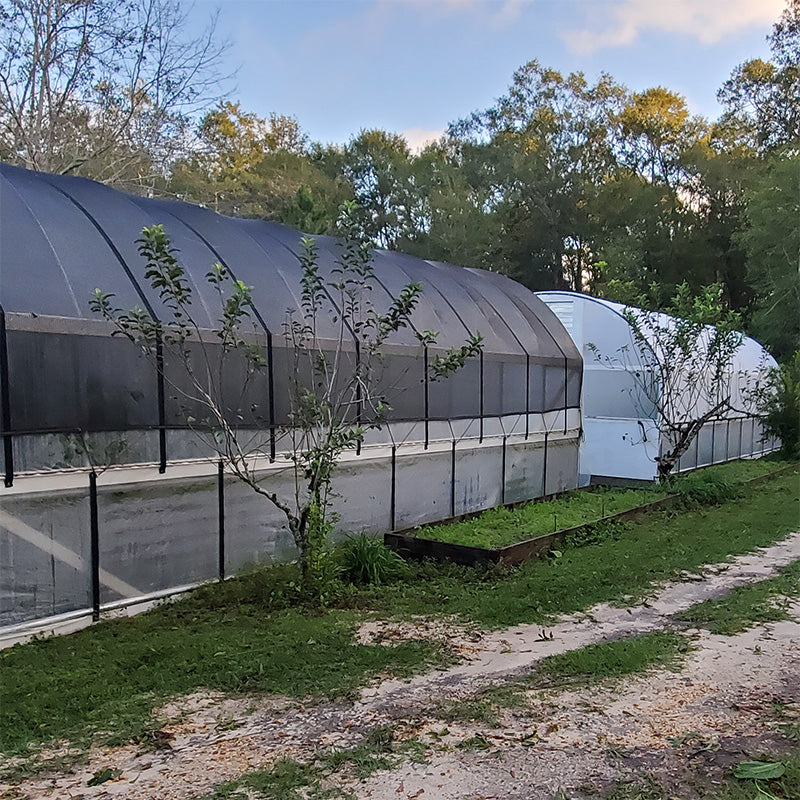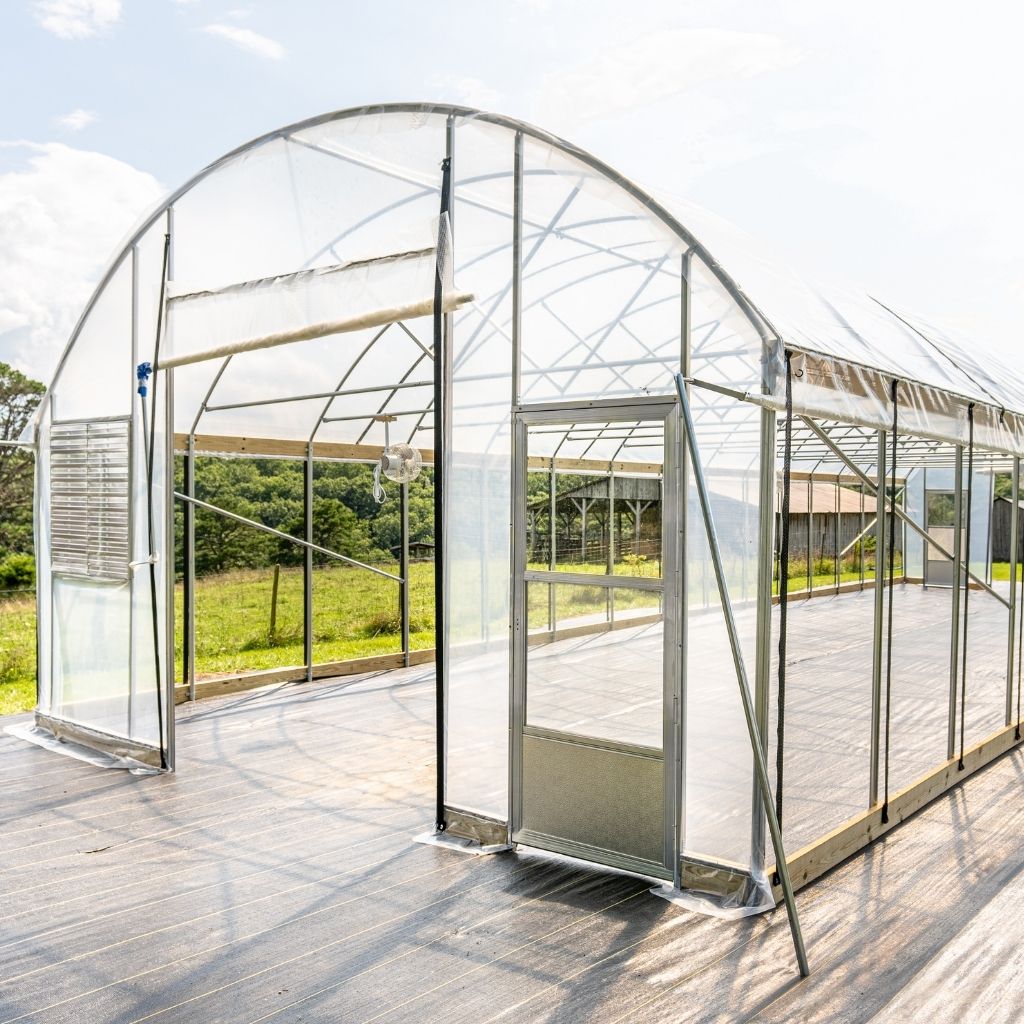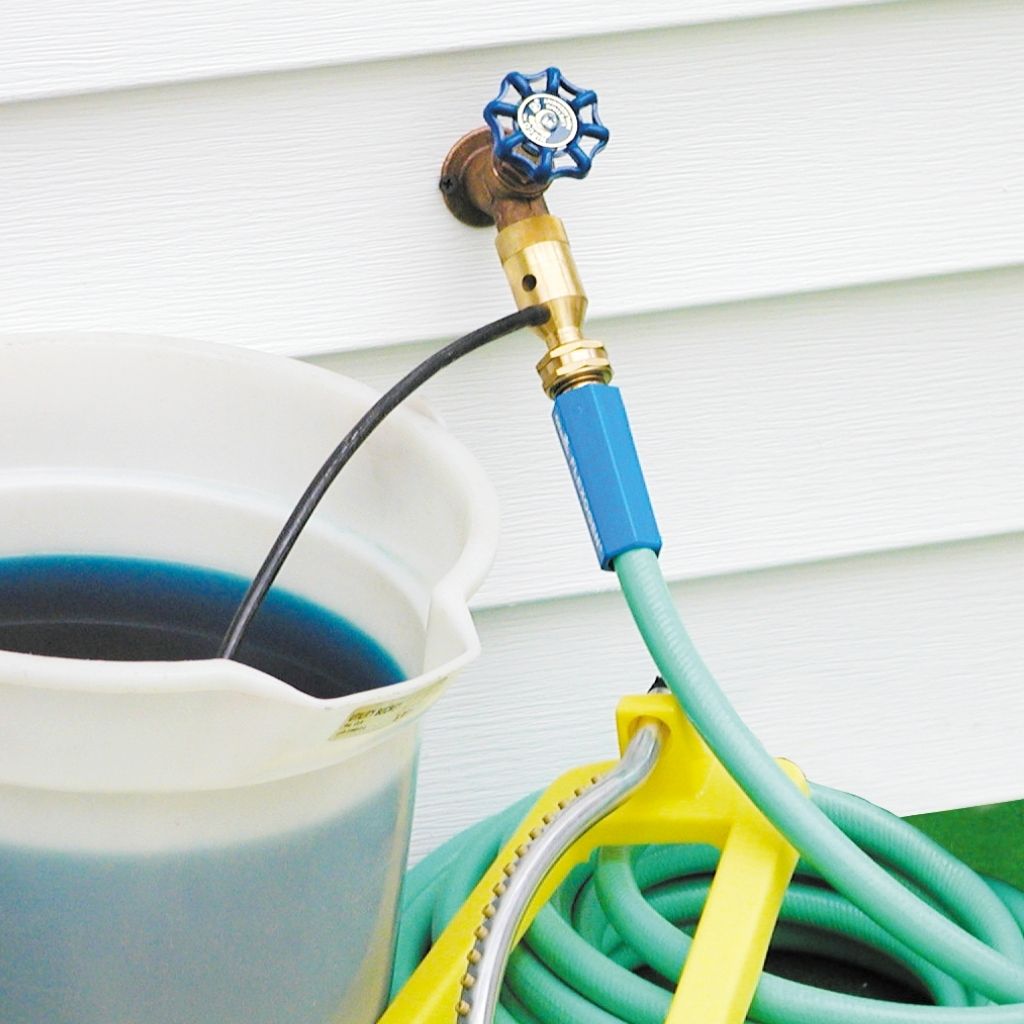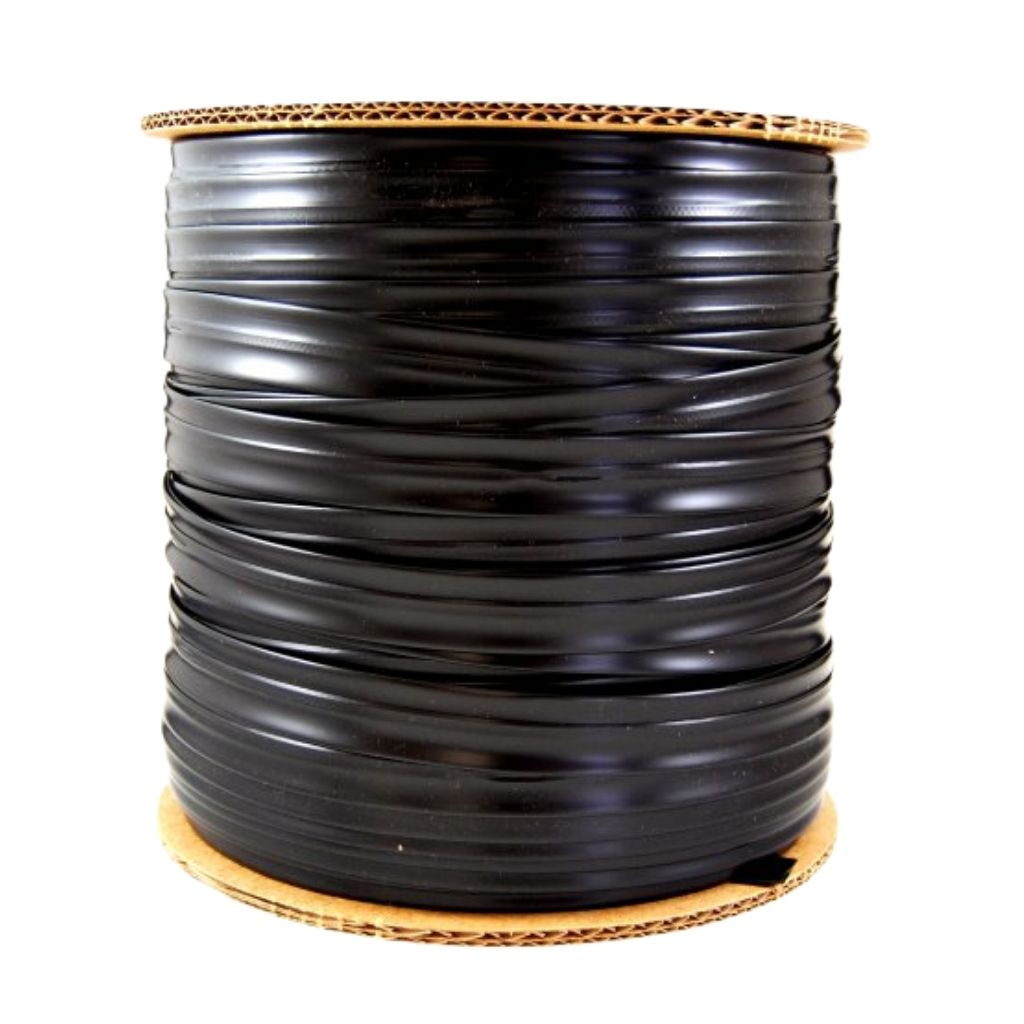Building a Raised Bed in a Hobby House
We will build semi-permanent raised beds out of non-pressure treated lumber. Lumber with a dark shade may be pressure treated, and retain residual chemicals that prevents weathering. Utilizing untreated lumber is the best option and last for years!

Begin by clearing out debris and weeds from the garden plot. For years, weed seeds can live deep in the soil bed. Nuisance weeds show up as the soil is turned over, and germination begins. Smother the weeds with paper, cardboard, or even straw, and ground cover cloths that blocks plants from growing. The smothering technique helps add additional organic matter to the soil, while killing the surface weeds.

Second, we take three, 8 foot 2''x4''s and place in the greenhouse in the best spot allowing for enough room to reach to the back of the bed, and enough foot space for walking comfortably. These boards are attached to the walls of the greenhouse. A permanent raised bed may be staked, or sunk into the ground creating a stronger wall. For the purposes of this greenhouse experiment, we will not use stakes for support.
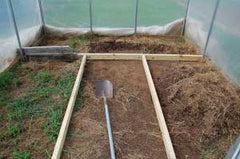
Third, the semi-permanent raised bed requires braces, or 'L' shaped brackets to secure the wood planks together, and prevent them from bowing. Over time, the wood boards will bow, and bend from the weight of the soil requiring screws to secure the pieces of wood together. I used 'L' shaped brackets, and from the back, pushed in screws with a power drill to secure the frames.
Taking the wood pieces and figuring out the best placement will make the job a quick assembly! Instead of using a saw, I added old pieces of lumber to the sides to fill in the slots, avoiding a saw, and adding more separation to the soil media made the job easier. Then I placed cardboard down over the existing weeds and grass.

Fourth, we added Nu-Mix nursery soil, worm castings, and mushroom compost. With a rake, I smoothed out the surface of the soil to be level with the existing wood walls. Now we can plant, do not forget your tags, and then water gently!




